Forest-Based Bioenergy: A Growing Market Segment
- September 6, 2024
- 0 comment
As the world grapples with the urgent need to reduce carbon emissions and transition to more sustainable energy sources, forest-based bioenergy has emerged as a significant player in the renewable energy sector. This form of bioenergy, derived from the organic materials found in forests, offers a promising alternative to fossil fuels, contributing to a cleaner and more sustainable energy future.

The increasing global demand for renewable energy is driven by the pressing need to combat climate change and reduce dependence on non-renewable resources. Forest-based bioenergy plays a crucial role in this transition, offering a renewable and often more stable energy source that can be integrated into existing energy infrastructures. As a market segment, forest-based bioenergy is experiencing rapid growth, driven by technological advancements, supportive policies, and the global push for green energy solutions.
Table of Content
- Understanding Forest-Based Bioenergy
- Market Dynamics and Growth Drivers
- Economic Impact of Forest-Based Bioenergy
- Environmental Benefits and Sustainability
- Challenges in the Forest-Based Bioenergy Market
- Innovations and Future Prospects
- FAQs
Understanding Forest-Based Bioenergy
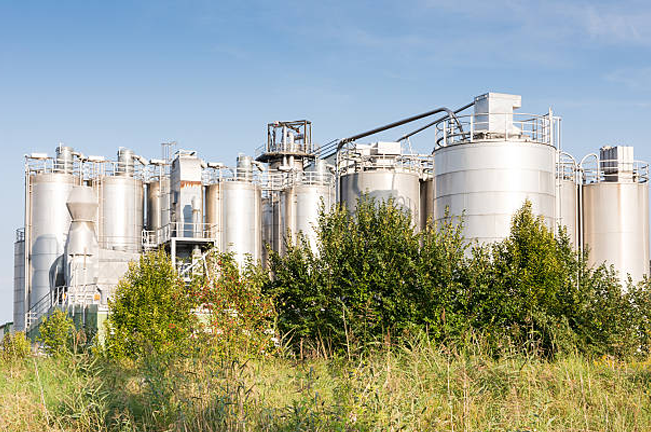
Forest-based bioenergy encompasses a variety of energy forms derived from forest biomass, including wood pellets, biofuels, and other biomass products. These energy sources are produced from organic materials like trees, branches, leaves, and forest residues, which are abundant and renewable when managed sustainably.
The process of converting forest biomass into energy typically involves several steps, including harvesting, processing, and converting the biomass into a usable energy form. For instance, wood pellets are produced by compressing dried wood into small, dense pellets that can be easily burned to produce heat or electricity. Biofuels, such as ethanol and biodiesel, are created through chemical processes that convert organic matter into liquid fuels suitable for transportation and industrial uses.
When compared to other renewable energy sources like solar and wind, forest-based bioenergy offers unique advantages. It provides a continuous and reliable energy supply, as biomass can be stored and used on demand, unlike solar and wind energy, which are dependent on weather conditions. However, the sustainability of forest-based bioenergy relies heavily on responsible forest management practices, ensuring that biomass harvesting does not lead to deforestation or biodiversity loss.
Market Dynamics and Growth Drivers
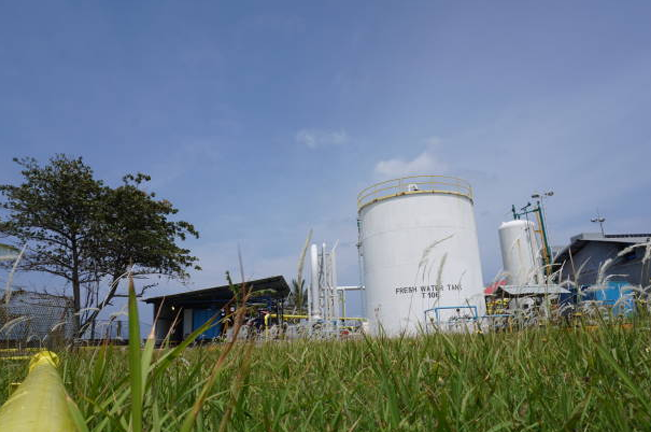
The market for forest-based bioenergy has witnessed substantial growth in recent years, fueled by a combination of technological advancements, environmental policies, and the rising demand for clean energy. Governments worldwide are increasingly recognizing the potential of bioenergy to meet renewable energy targets and reduce greenhouse gas emissions, leading to the implementation of supportive policies and incentives.
Key factors driving the growth of forest-based bioenergy include the increasing availability of biomass resources, improvements in biomass conversion technologies, and the integration of bioenergy into national energy strategies. Additionally, the growing recognition of bioenergy’s role in reducing carbon emissions and promoting energy security has further accelerated its market expansion.
Certain regions and countries are leading the way in forest-based bioenergy production. In Europe, countries like Sweden, Finland, and Germany have established robust bioenergy industries, supported by favorable policies and abundant forest resources. In North America, the United States and Canada are also significant players, with large-scale production of wood pellets and biofuels. Emerging markets in Asia and Latin America are beginning to invest in forest-based bioenergy, recognizing its potential to contribute to sustainable development.
Economic Impact of Forest-Based Bioenergy
Forest-based bioenergy is not only a key component of the renewable energy landscape but also a significant contributor to the global economy. The expansion of this market segment has created numerous economic opportunities, particularly in rural and forested regions where biomass resources are abundant.
The production and utilization of forest-based bioenergy have led to job creation across various sectors, including forestry, biomass processing, transportation, and energy production. These jobs range from skilled positions in bioenergy plants to labor-intensive roles in biomass harvesting, providing employment opportunities in areas that may otherwise struggle with economic development.
Private investments and government incentives have played a critical role in the expansion of the forest-based bioenergy market. Investors are increasingly attracted to the bioenergy sector due to its growth potential and alignment with global sustainability goals. Government incentives, such as subsidies, tax credits, and grants, have further encouraged the development of bioenergy projects, helping to lower costs and increase market competitiveness.
Environmental Benefits and Sustainability
One of the most significant advantages of forest-based bioenergy is its potential to reduce greenhouse gas emissions, a key factor in the fight against climate change. When managed sustainably, forest biomass can serve as a carbon-neutral energy source, as the carbon released during biomass combustion is offset by the carbon absorbed by growing forests.
Sustainable forest management practices are essential to ensure the long-term viability of forest-based bioenergy. These practices include selective harvesting, replanting, and maintaining biodiversity, all of which contribute to the health of forest ecosystems. By promoting responsible biomass harvesting and forest stewardship, bioenergy production can coexist with efforts to preserve and enhance forest ecosystems.
In addition to its role in reducing carbon emissions, forest-based bioenergy can contribute to forest health by reducing the risk of wildfires. By removing excess biomass, such as dead trees and underbrush, bioenergy production helps to lower the fuel load in forests, reducing the likelihood and severity of wildfires.
Challenges in the Forest-Based Bioenergy Market
Despite its many benefits, the forest-based bioenergy market faces several challenges that must be addressed to ensure its sustainable growth. One of the primary concerns is the potential for deforestation and biodiversity loss if biomass harvesting is not managed responsibly. To mitigate these risks, stringent regulations and certification schemes are necessary to ensure that biomass sourcing does not lead to environmental degradation.
Supply chain and logistical challenges also pose significant barriers to the expansion of forest-based bioenergy. The transportation and processing of biomass can be costly and complex, particularly in remote areas where infrastructure may be lacking. Overcoming these challenges requires investment in infrastructure, as well as the development of more efficient biomass supply chains.
Regulatory and policy barriers can also hinder market growth. In some regions, inconsistent or unclear regulations around biomass sourcing and bioenergy production can create uncertainty for investors and project developers. Harmonizing policies at the national and international levels is crucial to provide a stable and supportive environment for the forest-based bioenergy market.
Innovations and Future Prospects
The future of forest-based bioenergy is bright, with ongoing innovations poised to enhance its sustainability and efficiency. Emerging technologies in biomass conversion, such as advanced pyrolysis and gasification, are making it possible to extract more energy from forest biomass while minimizing environmental impacts.
Integrating forest-based bioenergy with other renewable energy sources, such as solar and wind, offers additional opportunities for innovation. Hybrid energy systems that combine bioenergy with other renewables can provide a more reliable and balanced energy supply, leveraging the strengths of each source.
Looking ahead, the forest-based bioenergy market is expected to continue its growth trajectory, driven by increasing demand for clean energy and ongoing technological advancements. As the world moves towards a low-carbon economy, forest-based bioenergy will play an increasingly important role in the global energy mix, offering a sustainable and versatile solution to the challenges of climate change and energy security.
Frequently Asked Questions (FAQs)
1. What is forest-based bioenergy?
Forest-based bioenergy is energy derived from organic materials found in forests, such as wood, branches, leaves, and other forest residues. These materials are converted into various forms of energy, including heat, electricity, and biofuels, through processes like combustion, gasification, and pyrolysis.
2. How does forest-based bioenergy differ from other renewable energy sources?
Unlike solar and wind energy, which depend on weather conditions, forest-based bioenergy provides a continuous and reliable energy supply. Biomass can be stored and used on demand, making it a versatile addition to the renewable energy mix. However, it requires sustainable forest management to ensure it doesn’t lead to deforestation or biodiversity loss.
3. What are the main types of forest-based bioenergy?
The primary types of forest-based bioenergy include wood pellets, biofuels (such as ethanol and biodiesel), and other biomass products. Each type is produced through different processes and used for various applications, including heating, electricity generation, and transportation fuels.
4. What are the key drivers of the forest-based bioenergy market?
The forest-based bioenergy market is driven by several factors, including environmental policies promoting renewable energy, technological advancements in biomass conversion, and the growing demand for clean and sustainable energy sources. Government incentives and private investments also play a significant role in market growth.
5. Which regions are leading in forest-based bioenergy production?
Europe, particularly countries like Sweden, Finland, and Germany, is a leader in forest-based bioenergy production, thanks to supportive policies and abundant forest resources. North America, especially the United States and Canada, also has a strong bioenergy industry. Emerging markets in Asia and Latin America are beginning to invest in this sector as well.
6. What is the economic impact of forest-based bioenergy?
Forest-based bioenergy contributes significantly to the global economy by creating jobs in rural and forested regions and generating economic opportunities across various sectors. It also attracts private investment and benefits from government incentives, helping to lower production costs and increase market competitiveness.
7. How does forest-based bioenergy benefit the environment?
When managed sustainably, forest-based bioenergy can be carbon-neutral, as the carbon released during biomass combustion is offset by the carbon absorbed by growing forests. It also helps reduce the risk of wildfires by removing excess biomass from forests, contributing to forest health and wildfire prevention.
8. What are the challenges facing the forest-based bioenergy market?
The forest-based bioenergy market faces challenges such as potential deforestation and biodiversity loss if biomass harvesting is not managed responsibly. Other challenges include supply chain and logistical issues, high transportation and processing costs, and regulatory and policy barriers that can create uncertainty for investors and project developers.
9. What innovations are shaping the future of forest-based bioenergy?
Emerging technologies like advanced pyrolysis, gasification, and hybrid energy systems that integrate bioenergy with other renewables are driving innovation in the forest-based bioenergy sector. These technologies aim to increase energy efficiency, reduce environmental impacts, and create more reliable energy systems.
10. What is the future outlook for forest-based bioenergy?
The forest-based bioenergy market is expected to continue growing as demand for clean energy increases and technological advancements make biomass conversion more efficient and sustainable. As the world shifts towards a low-carbon economy, forest-based bioenergy will likely play an increasingly important role in the global energy mix.

Gilbert Griffin
Forestry AuthorGilbert Griffin is a forest management expert specializing in sustainable practices, forest health, conservation, and land management. With extensive knowledge in pest control, disease management, and habitat restoration, Gilbert develops strategies to preserve forest ecosystems and biodiversity. Passionate about the natural world, Gilbert adapts to changes in forest management and stays updated through continuous learning. Gilbert also provides seasonal advice to optimize forest care throughout the year.



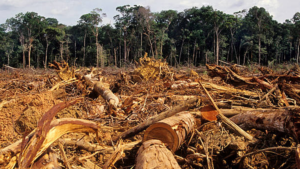
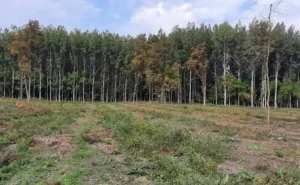
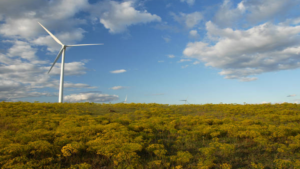
Leave your comment